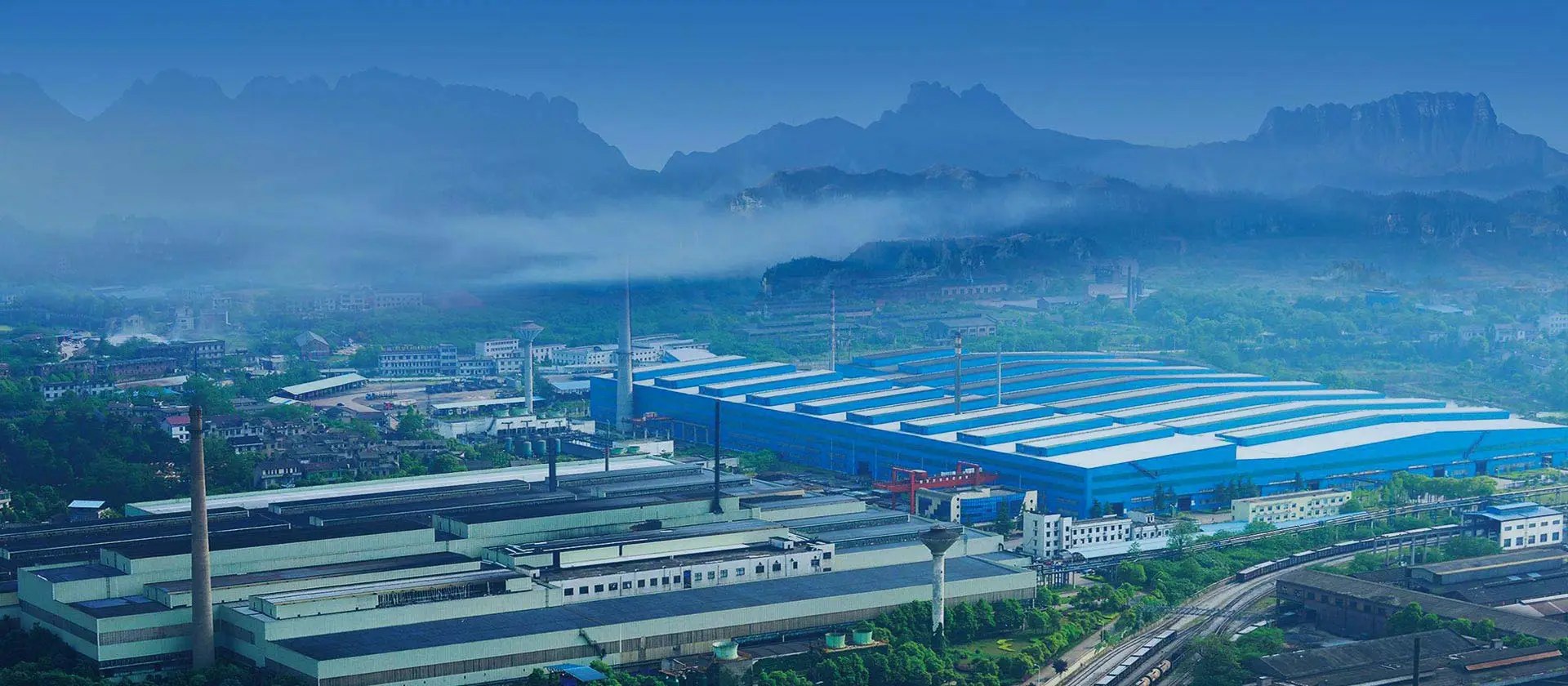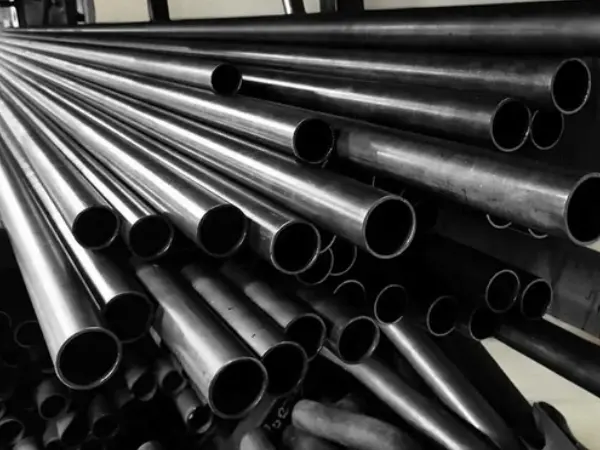
When selecting pipes for industrial or construction projects, one critical decision is choosing between seamless vs welded pipe. Both types have distinct advantages, but their suitability depends on factors like pressure requirements, budget, and application.
This guide compares seamless pipe vs welded pipe in terms of manufacturing, strength, cost, and common uses. By the end, you’ll know which type best fits your needs.
Seamless pipes are made by extruding solid steel billets through a piercing rod, creating a hollow tube without any seams. Common methods include:
· Hot rolling (for larger diameters)
· Cold drawing (for precise dimensions and smoother finishes)
Key Features:
✔ No welded joints = higher structural integrity
✔ Better for high-pressure and high-temperature applications
✔ Limited to smaller diameters (typically up to 24 inches)
Welded pipes are made by rolling steel plates or coils into a tube shape and welding the seam. Common welding techniques:
· ERW (Electric Resistance Welding) – Cost-effective, used in plumbing and low-pressure systems.
· LSAW (Longitudinal Submerged Arc Welding) – Stronger welds, used in oil & gas pipelines.
· SSAW (Spiral Submerged Arc Welding) – Large-diameter pipes for water transmission.
Key Features:
✔ More affordable than seamless pipes
✔ Available in larger diameters (up to 100+ inches)
✔ Weld seam can be a potential weak point under stress
· High-pressure systems (oil & gas pipelines, hydraulic systems)
· Extreme temperature conditions (boilers, heat exchangers)
· Corrosive environments (chemical processing plants)
· Critical safety applications (nuclear, aerospace)
· Water supply & plumbing (cost-effective for low-pressure systems)
· Structural projects (scaffolding, construction frames)
· HVAC & ventilation ducts (large diameters needed)
· Budget-conscious projects (where high strength isn’t critical)
In low-pressure and non-critical applications, yes. However, for high-pressure, high-temperature, or corrosive environments, seamless pipes are mandatory.
Not necessarily. While seamless pipes offer superior strength, welded pipes are more economical and suitable for many standard applications.
· Seamless pipes have a smooth, uniform surface with no visible seams.
· Welded pipes show a straight or spiral weld line along the length.
Seamless pipes generally resist corrosion better because they lack welded seams, which can degrade first. However, galvanized or coated welded pipes can also perform well in corrosive environments.
The choice between seamless and welded pipes depends on your project requirements. Seamless pipes provide superior strength for high-pressure and high-temperature applications, while welded pipes offer an economical solution for standard uses like plumbing and construction. For professional guidance, our expert engineers are available to help you select the optimal pipe solution for your specific needs.


